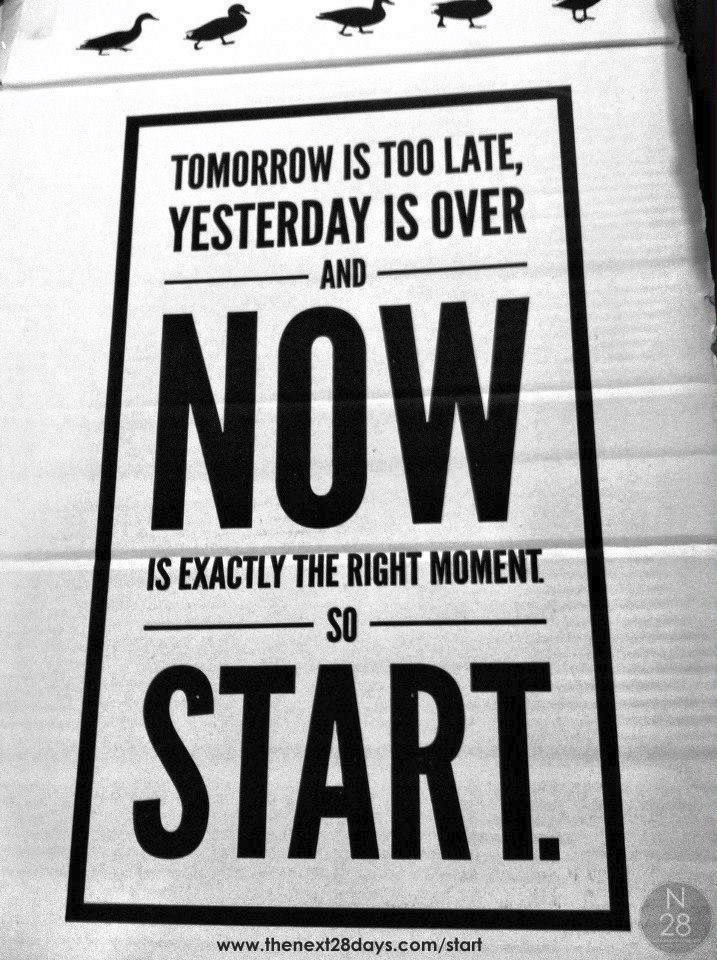 How do we get employees to plug in and turn on at work?
How do we get employees to plug in and turn on at work?
How do we foster the level of emotional and mental connection with the company and the job that allows them to put forward their best efforts, and love doing it?
Human Motivation is Complicated
The problem with human motivation is that it’s complicated. We’re likely all familiar with Maslow’s hierarchy of needs as the basis of human motivation. People will strive to meet these needs, starting with the most fundamental physiological needs (food, shelter, etc.) and moving toward the highest, self-actualization needs as each previous level is satisfied. So, depending on where employees fit on this continuum, they will be more or less motivated by the efforts of their employer.
The good news is that this framework offers an employer some definite ideas about how to keep employees motivated—starting with compensation that’s adequate to meet physiological and safety needs. In fact, if employers based all of their employee motivation efforts on Maslow’s model, they would likely succeed more often than not. After all, compensating competitively; creating a work environment that allows employees to feel accepted and part of a community; supporting a culture of mutual respect; and offering challenging work with enough autonomy to let creativity flourish—is all good!
Behaviorism, with its reliance on positive and negative reinforcement, is easy to understand, implement and monitor, so it persists in the workplace. But why does this matter? Punishment has long been viewed with some skepticism as to its effectiveness, but rewards and incentives—they make the world of work go around, don’t they? Apparently not. In fact, the carrot and stick approach to management represents a very real problem in today’s work environment.
Rewards Kill Creativity
Research now shows that rewards actually reduce intrinsic motivation, undermine risk taking and kill creativity. When employers create the conditions that allow intrinsic motivation to flourish and encourage employees tap into a state of flow, greater work satisfaction and exceptional results are achieved.
The Truth about Motivation
People will always strive to meet their basic physical needs first—that is, they are motivated to achieve the foundational level of Maslow’s pyramid. After that, if work is routine and transactional, the offer of a reward for performance can also motivate and lead to improved performance; just as the possibility of discipline can often deter people from behaving in undesired ways. This type of extrinsic motivation has its place, but can backfire if used in the wrong circumstances. When it comes to the kind of creative, complex and continually evolving work that many of today’s jobs require intrinsic motivation trumps extrinsic motivation. When people are intrinsically motivated, they operate from a place of personal satisfaction and a sense of purpose. Intrinsic motivation resides among the higher levels of Maslow’s Hierarchy that reflect people’s emotional and psychological needs. To be intrinsically motivated people need three things:
1.Autonomy: the ability to direct their own lives, have choice and some degree of control
2.Mastery: the need to learn and create new things and the opportunity to become better at something that matters to them
3.Purpose: an understanding of the meaning behind what they do and a sense that they are contributing to something greater and more lasting than themselves
There is no simple, one-size-fits-all answer to motivating and engaging employees. What we do know is that simply relying on carrots and sticks doesn’t work. The more we incorporate the principles of self-determination and address the higher level needs of employees, the greater our chances of tapping into their passion and purpose.


